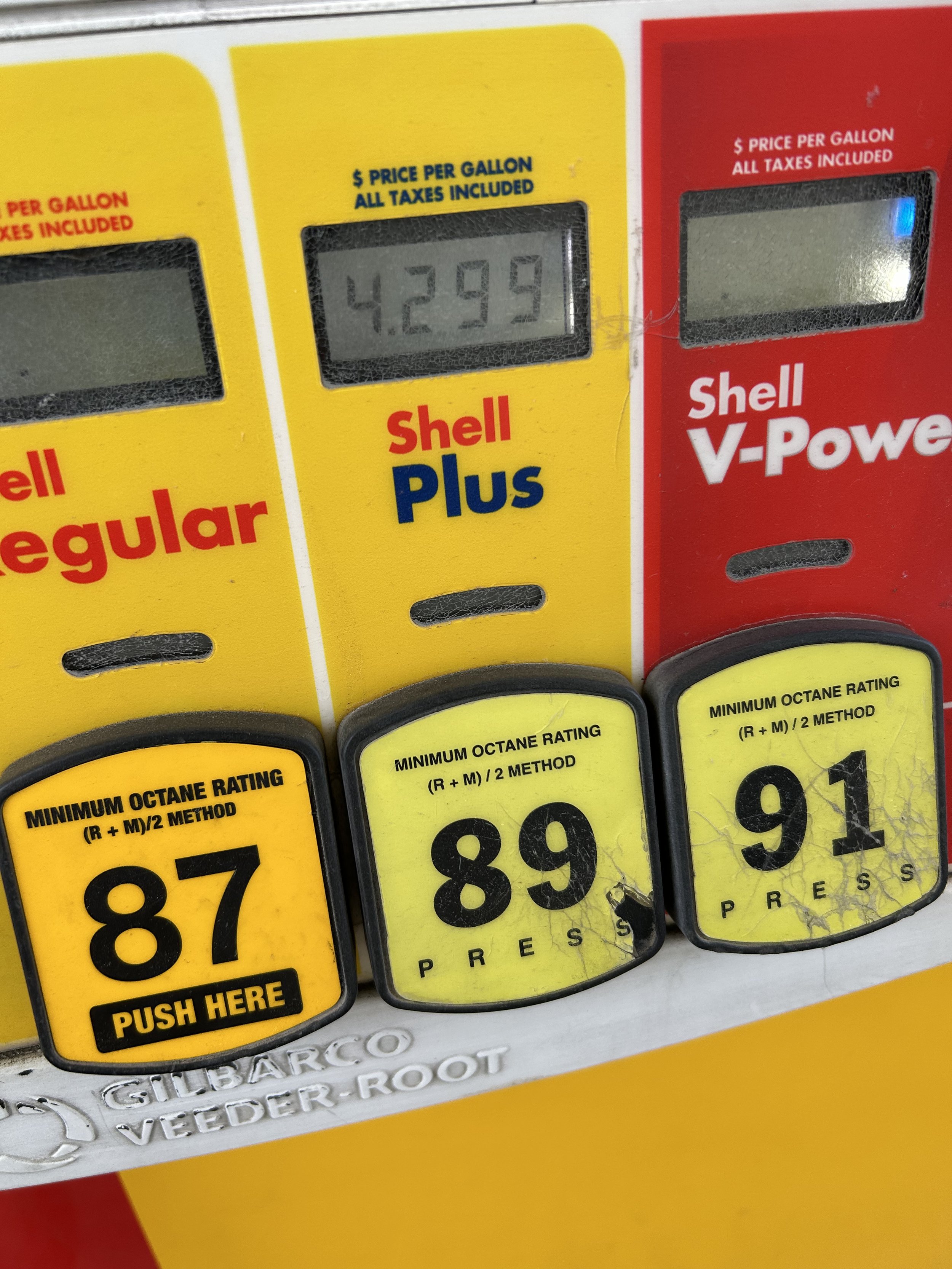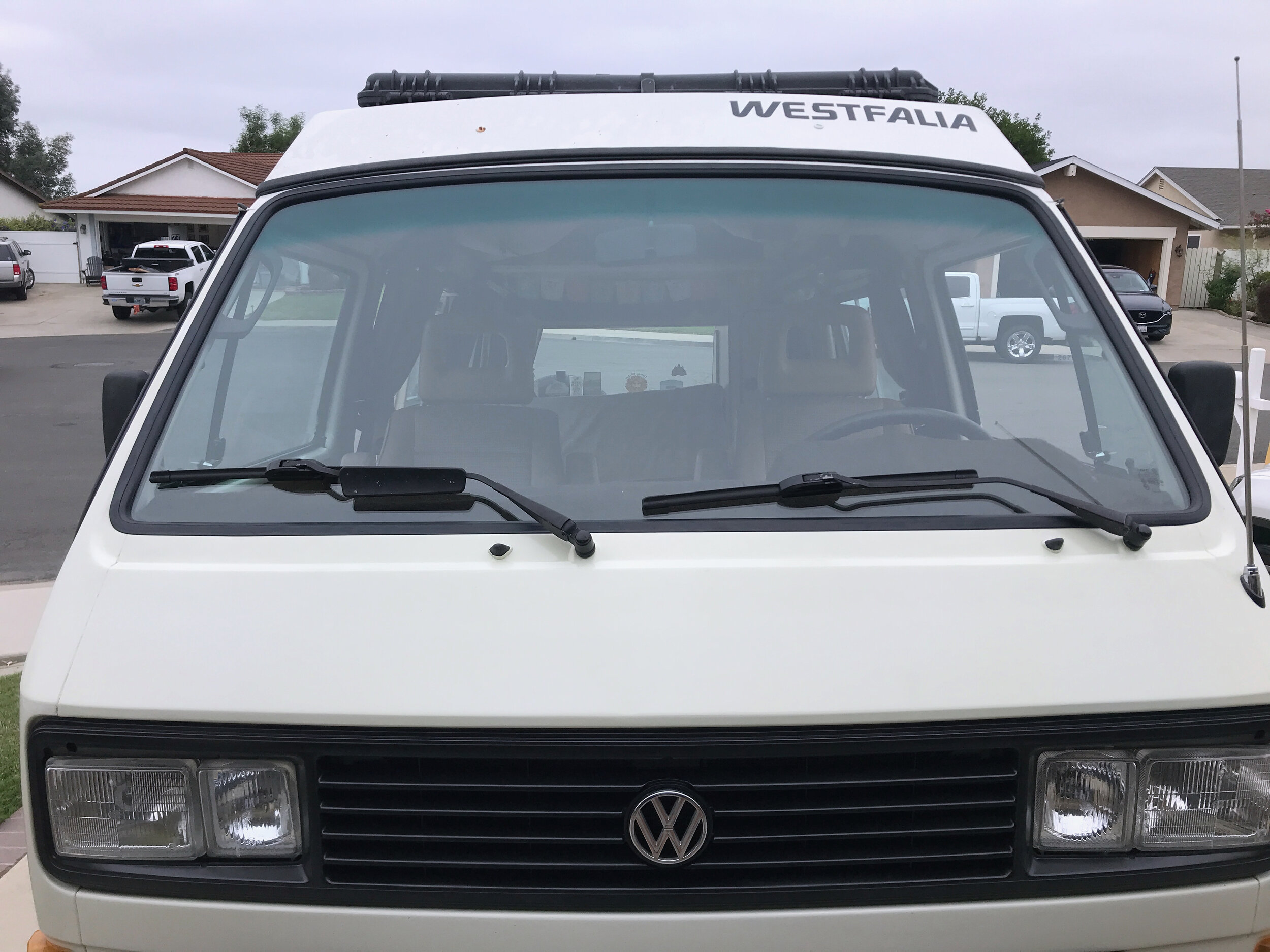This is Why VW Cancelled Vanagon
It’s about economics and nothing more… and just an opinion
The poor Vanagon. Volkswagen just abandoned it.
I’d like to say I understand automakers. Considering I worked with most of them at one time or another. Automakers do things based on economics, and not necessarily on cultural trends. And you probably know this already but VW loves their cult following as long as you do as you’re told.
Automakers are numbers people
If a particular platform does well in production they keep it. It better sell well year after year or it gets the axe. Think Mustang!
If sales fall way off, they drop it. That’s what happened to Vanagon.
1991 was the last year for the Vanagon badge in the U.S.
From ‘80 to ‘91 VW embraced the Vanagon community and seemed to do everything right for those who loved the boxy ride.
But VW executives didn’t appear to have a choice when it came to continuing production. Sales of the Vanagon waned badly by the late ‘80s. If you look at a sales chart (SEE CHART) from the period there was a steady decline in new sales. The truth is Vanagon never really took off like some of today’s most popular cars and trucks. Vanagon catered to a niche audience and seemed to stay there.
Vanagon sputtered to its death in its last year in front of the public, even though today there is a huge following of Vanagons, and prices are continuing to rise for used ones. One thing to note here: it’s been said online that one of the reasons the reliable T3 Type 2 was sunk is because VW executives did not want to re-engineer the engine system to include OBD logic. That may be a part of the reason, but it was only the straw that broke the camel’s back. It was doomed far before that realization about emissions being compliant heading into the ‘90s.
Instead, VW introduced consumers to Eurovan in ‘92 in Europe and ‘93 in the U.S. In the states it was an American-influenced next-generation that completely failed the Volkswagen purist. For starters, it wasn’t really a Vanagon at all as we came to know it.
The Eurovan (T4) was a front-engined, front-drive. A nearly 180-degree departure from Vanagon. Although Eurovan did keep the AWD system.
Gone was the lovable and user-friendly flat-four WBX engine that sits out back over the rear axles. Eurovan behaved in many ways like mom’s mini-van that Americans were clamoring for in the early ‘90s.
The Eurovan camper was even further removed from the original platform. These were partly built out with the help of American firm Winnebago, and while the fit and finish of the camper provided more functionality, it felt and looked like something an RV company would do.
It only remotely reminded users of Vanagon. It did offer improved performance and starting in the mid-90s along came a V6 engine, much more powerful than the original 1.9 and 2.1 Vanagon.
Some say it was short-sighted to dismiss the older Vanagon styling and rear-drive configuration. I agree.
After all, more powerful engines from Porsche actually did fit inside the engine bay, and so VW had a natural source for performance at any time. But VW seemed to want to move as far away from Vanagon as possible.
Today people who enjoy Vanagons must wonder why VW dropped it so suddenly.
Well, the truth is Vanagon enjoyed many years on the production line. While Europeans seemed in love with its quirkiness, the Americans wanted more truck like performance. The whole family camping thing must have gotten old and tired. In my 30 years in automotive journalism I realize that Americans love “big and bold” in their vehicles as much as they do their double-double burgers, and that’s not a fault, but a quirky behavior that the Europeans don’t seem to crave. Vanagon had a European flare. The ergonomics were definitely different from what Americans seemed to embrace. It was quite the opposite of Detroits’ take on vans with big V8 engines, etc.
Again VW shifted its focus because the sales figures were sinking in the U.S. Automakers go with what sells. It’s no different than the record business; where one year you’re a superstar with hit songs, and then you’re out. Automakers also must plan their styling choices at least 5 years in advance, and Vanagon just wasn’t penciling out. I’m sure of it. Cost and the change in demographics did it in.
Personally, I like the Eurovan for what it offered. I said, like, not love. Vanagon had personality, just like the early Bay Windows and Buses. Eurovan has none of that. It remained a solid mini-van and that’s what you got. Not taking away from Eurovan, some people love them. I’m not one of those, although it could be tempting.
Before I ended up with my ‘86 Westy I test drove a Eurovan and nearly bought one. I was so close to closing the deal that I gave the seller a small deposit. Then I realized that owning a Eurovan was no different than driving a Dodge Caravan, and I called up the seller and told him I had changed my mind. He was ok with it, and he was ok with keeping my deposit.
I’m glad I didn’t buy the Eurovan and knew that I had made the right decision.
While it doesn’t have the safety equipment of the later Eurovans and not nearly as much performance, Vanagon had something special that will never be replicated again by VW. Even with the introduction of the all-new VW California camper van in Europe for 2021 Americans will probably never see another VW camper style van on U.S. shores.
I know people have hinted at the possibilities of it, but for now only Europe has the new generation “California” camper van from VW. If they did bring it to market here in the U.S. it would still not replicate the original Vanagon. It would likely just be a much better version of Eurovan.
A short story: When I was editing a national car enthusiast magazine the staff and I questioned Mitsubishi, asking why they couldn’t bring the Mitsubishi EVO into North America. We grilled Nissan too about their Skyline. This was back in 2000. They would tell us that the enthusiast market didn’t affect their decision to keep these high-performance cars out of the U.S. They loved the fact that we really wanted to see them on U.S. shores, but the mainstream market wouldn’t support the move. Safety concerns were also high on their list. That was key. The mainstream market determines whether some of the best cars in the world ever see America, and it better meet or exceed the National Highway Traffic Safety Administration (NHTSA) process.By the mid-2000s everything changed.
By that time the high-performance Japanese car market in the U.S. had blown-up, and automakers couldn’t deny that cars like the EVO and Skyline deserved to be here. Finally Nissan brought the Skyline to America, although they had dropped the Skyline name. Mitsubishi also introduced us to the EVO.
What this suggested is that there are all sorts of business decisions that need to be made before a particular vehicle is either yanked from production, or put into production in America. It’s not a simple decision. It does all come down to economics and sometimes you can wait years and years for an answer.

































